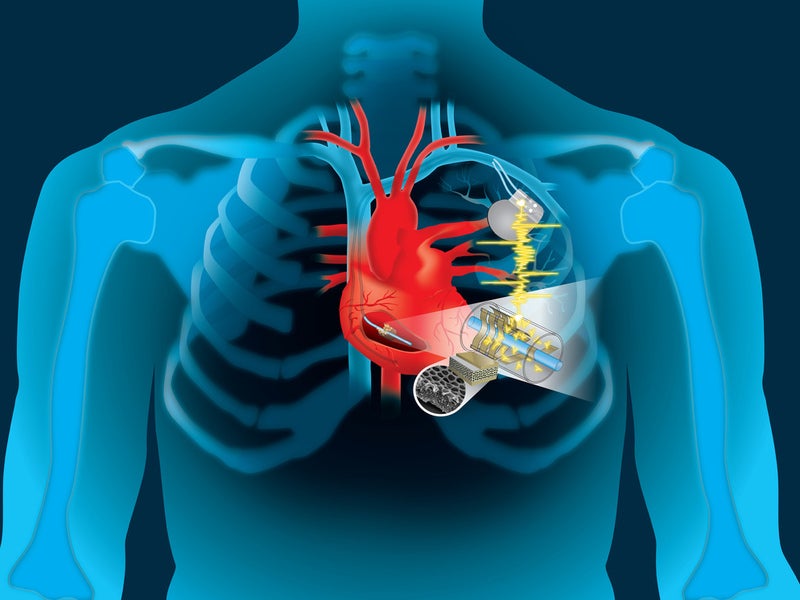
A research team led by Thayer School of Engineering at Dartmouth College in the US has devised a new approach to recharge implantable medical devices using the heart’s energy.
Implants such as pacemakers and defibrillators are powered by batteries that require replacement every five to ten years. The replacement surgeries are costly and could lead to complications and infections.
In the latest three-year research, the team aimed to eliminate the need for replacement by creating an energy source that will power the implantable biomedical devices over the patient’s entire life span.
Dartmouth College research associate Lin Dong said: “Of equal importance is that the device not interfere with the body’s function.
“We knew it had to be biocompatible, lightweight, flexible, and low profile, so it not only fits into the current pacemaker structure but is also scalable for future multi-functionality.”
The researchers found that by modifying pacemakers, kinetic energy of the lead wire attached to the heart could be converted into electricity. The pacemakers will be able to leverage this power for continuous charging of the batteries.
To facilitate the conversion, the team added a thin polymer piezoelectric film called PVDF.
When used with porous structures such as small buckle beams or a flexible cantilever, the material will be able to convert mechanical motion to electricity.
The researchers noted that these modules also have the potential for use as sensors to allow data collection in order to monitor patients in real-time.
Findings from the study, which was funded by the National Institutes of Health (NIH) and conducted in alliance with the University of Texas in San Antonio, were published in Advanced Materials Technologies.
The team estimates that a self-charging pacemaker will be commercially available in around five years, following completion of the pre-clinical process and regulatory approvals.



